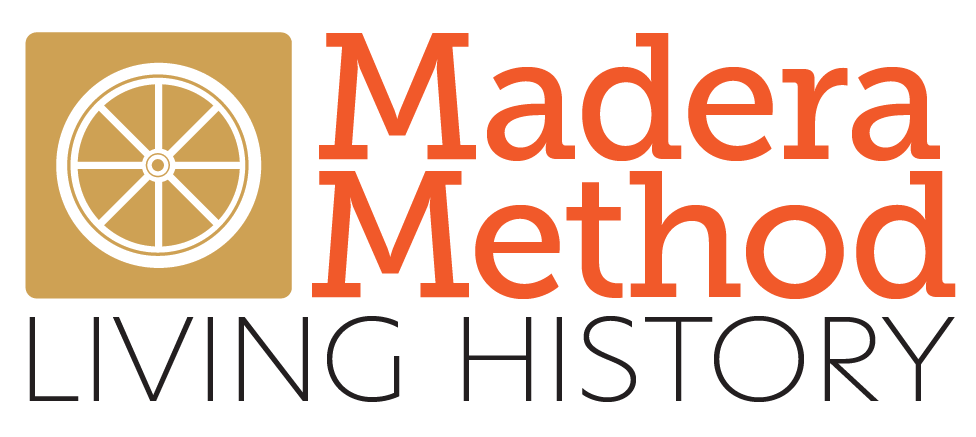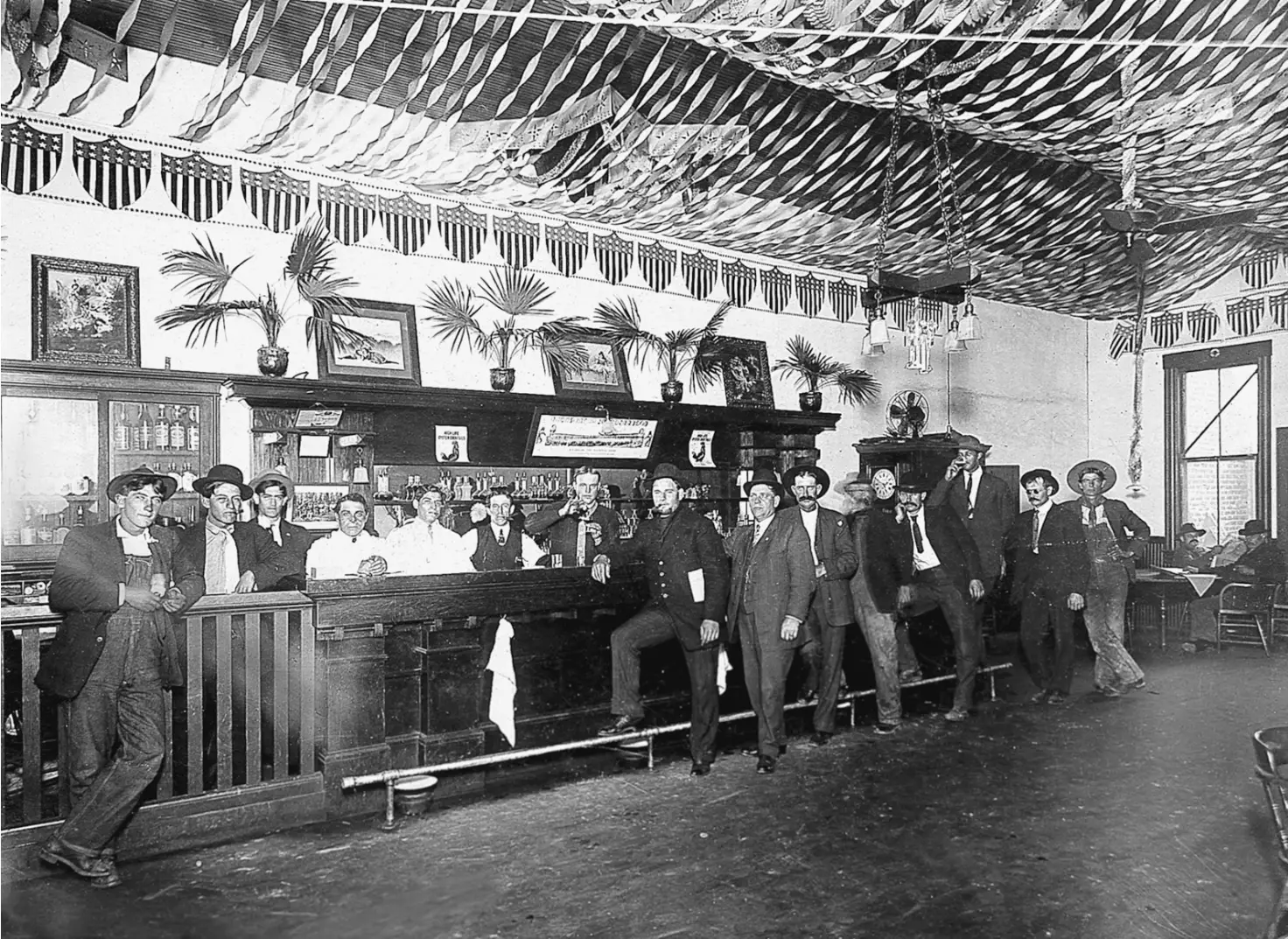It was early in the year 1931 when someone conceived of an idea to initiate something called “Old Timers Day” in Madera County. The idea percolated for a while and then took hold. A committee was formed, and by summer, preparations for an extravaganza were well underway.
What resulted was not only an outpouring of community spirit during those days of economic dislocation but an annual tradition as well, one that is now over 90 years old.
In an incredible display of community cohesiveness, Maderans from all walks of life came together in that first Old Timers Day celebration to pay homage to their past. Any person who had been a resident of Madera County on or before Dec. 31, 1890, was considered an “Old Timer” and became the focus of the countywide celebration on Saturday, Oct. 31, 1931.
“As that day approached, the reports of the various committees showed that the deep interest taken would result in a day which would be outstanding,” according to the Madera Daily Tribune and Mercury.
Cattlemen H.A. Russell, John O’Neal, Brook Mordecai, and O.B. Price committed themselves to a host of activities. In turn, the “Old Timers Day of Madera County Committee” invited the ranchers to send their horses into Madera the day before the celebration where stable rooms and feed would be provided free of charge.
An old timer’s day parade was planned to depict the different stages in the economic development of the county, including the mining, cattle, sheep, grain, lumber, and fruit eras. The Madera Rotary Club assumed responsibility for the parade transportation. A six-horse passenger stage that had once belonged to the Yosemite Stage and Turnpike Company was lined up, as well as two four-horse stages, a 10-mule team pulling lumber, and a team of long-horned oxen pulling a logging truck.
In addition, scores of carts, buckboards, buggies, surreys, and “high wheel” bicycles were enlisted.
Ten days before the celebration, almost every business on Yosemite Avenue dressed its display windows with memorabilia from the past. Among the more conspicuous exhibitions were those from the Cunningham Furniture Company, which set out pieces of the original furniture used in the parlor of the old Yosemite Hotel in 1877. Interspersed among these items were various relics of the Donner Party disaster.
Caesar Venturi’s Sport Shop displayed a collection of early-day bicycles and tandems as well as two 56-inch “high wheels” with small wheels behind. Tighe’s dress shop provided women’s dresses “that dragged the ground” and “Willie Boy” coats that were cut away and hung below the knees.
All of the store displays brought renewed life to the city, particularly in the evenings when crowds gathered about the windows in curiosity, viewing the displays.
The big day was launched at 10 a.m. on Saturday. All business transactions came to a screeching halt. Stores and shops closed their doors, and the festivities began. At 10:30, the two-mile parade stepped off, “consisting almost entirely of relics, conveyances, and costumes of the days long since gone,” according to the Tribune and Mercury.
“First came the American flag followed by the grand marshal, W.M. Hughes. Then came pioneer ladies on mounts, a Spanish orchestra float, two of the old Yosemite State and Turnpike Company’s stages driven by Supervisor S.G. Owens and Henry Hedges.” Stretched out behind these leaders were the Madera Union High School Band, a delegation of native Indians, miners with pack horses, cowboys, sheepmen, lumbermen, and farmers in their buggies.
Meanwhile, the downtown area abounded with “old timers.” The Native Daughters of the Golden West registered more than 1,000 people who had lived in what is now Madera County in 1890 or earlier.
At the conclusion of the parade, hundreds descended upon Courthouse Park for a lunch, which had been organized by the Women’s Improvement Club. Five beef cattle, cut and wrapped by Cornelius Noble, were deep-barbecued by Joseph Barcroft and John O’Neal and supplemented the gigantic “potluck” which had been prepared by the participants.
Nello Barsotti supplied loaves of tasty bread. Although a few tables and chairs were available, most simply spread out picnic blankets and partook of their fare seated on the ground. In terms of social interaction, the barbecue was the highlight of the day.
A lengthy “literary program followed the lunch.” In the afternoon, a contingent of Madera County cowboys entertained the crowd with trick riding and other displays of horsemanship. Meanwhile, games for the young were organized by the American Legion.
At 6 p.m., a Halloween parade, sponsored by the Business and Professional Women’s Club, was held. Grammar school children turned out in costume, while high school students donned colorful sets of pajamas for the occasion. Boy scouts with flares guided the procession through Madera Streets.
At 7 in the evening, a special football game between Stockton and Madera high schools was held, and two dances followed. One at the Lincoln School auditorium featured “dances of the older variety.” At the same time in the Memorial Hall, a dance featuring “modern music” was held.
In addition, in the basement of the hall, the American Legion arranged a “Days of ‘49” camp, “Where many of the early-day games, conducted in a legal manner, provided excitement to those who liked to take a chance.” According to the Madera Tribune, “The Madera City Council and Chief of Police Wells cooperated fully….”
Thus, by drawing upon the talent and organizational skills from throughout the county, Old Timer’s Day was first enjoyed in Madera 91 years ago, and it will never be forgotten by any who witnessed them.
Originally published in The Madera Tribune, 2022




